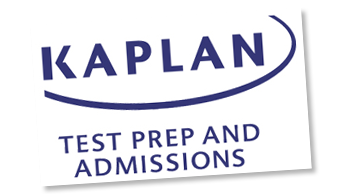Protopam chloride, also known as pralidoxime chloride, is a drug that acts as an antidote for exposure toorganophosphate class chemicals and pesticide poisoning. This drug has been used to treat adults since 1964. However, in early September 2010, the U.S. Food and Drug Administration (FDA) approved this drug for use as a pediatric therapy. Protopam chloride is to be administered to children either by intramuscular injection orintravenously through an IV drip.
In the approval announcement, the director of the Division of Neurology Products (in the Center for Drug Evaluation at the FDA) commented that protopam chloride has been previously used in pediatric patients in emergency situations. Now, through the approval of the FDA, there will be revised information on the drug???s label which will now address dosing information for children. It is thought that the proposed revisions to the drug label will give better guidance allowing health care professionals to use this product more effectively and more safely.
Briefly, organophosphate pesticides are most frequently used by professional exterminators or on farms. When people are exposed to these kinds of pesticides, they may present with mild symptoms such as eyes that tear and a runny nose. Slightly more severe symptoms of poisoning may also include vomiting. Should a person suspect that either they or someone else has been exposed to these potentially dangerous chemicals, they should immediately seek medical attention.
Generally speaking, protopam chloride should be used in people that present with symptoms such as muscle weakness and respiratory depression. However, it should be noted that occurrence of respiratory depression may be a result of muscle weakness. The adverse reactions to this drug (in adults and children) include blurred vision, dizziness, difficulty breathing, double vision, drowsiness, headache, increased heart rate and, subsequently, increased blood pressure.






